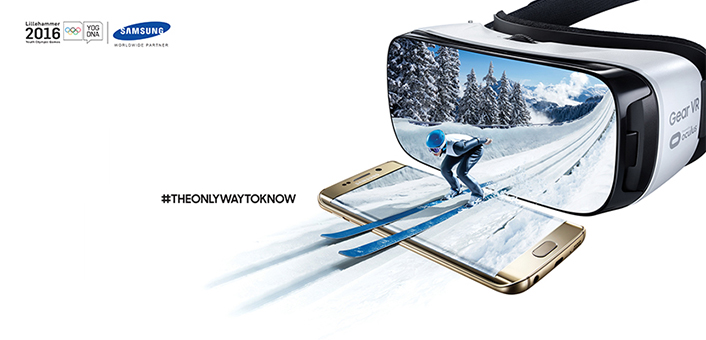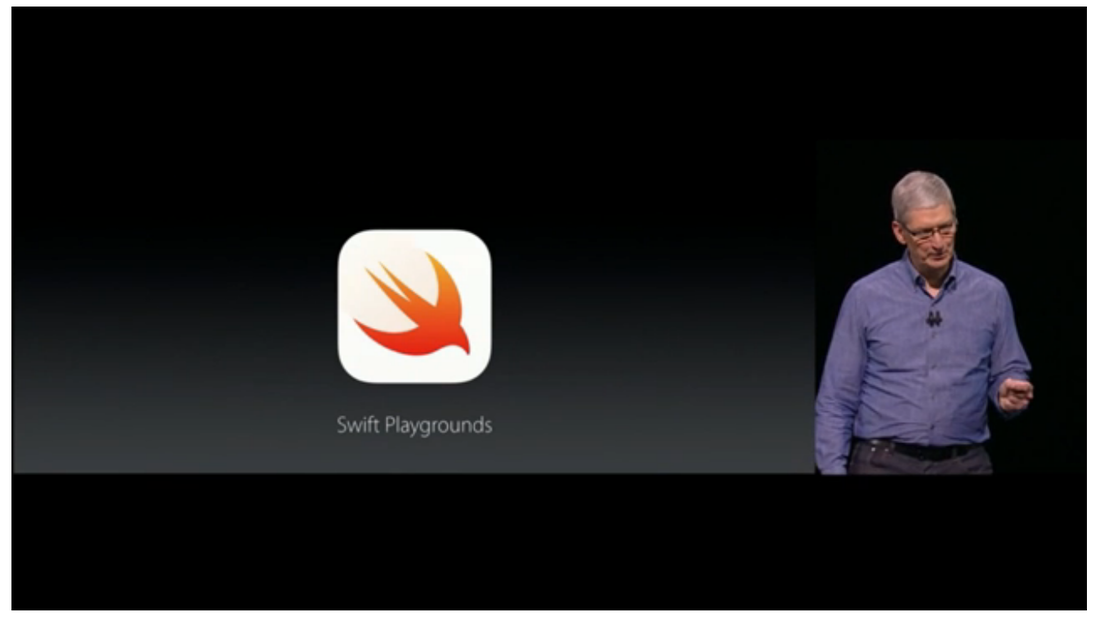Despite the fact that this year’s Olympics has been marred by a variety of controversies,there’s one thing will separate it from the rest: Virtual Reality.
Virtual Reality has been a well known and long studied technology, but one of the main problems that prevents it from reaching the mainstream market is purpose of use. Purchases of VR equipment aren’t by ordinary citizens, but more from the developers and other individuals that are already within this hub. VR related products have revolved mainly around experimental simulations for video games appliances with mainstream media only just being integrated this summer. So what is considered mainstream media for VR? None other than an all-time American favorite: Television. Originating from a large bulky box, Television has quickly become compatible with multiple different platforms, now including VR.
For this summer Olympics NBC announced that they’re bringing wall-to-wall coverage of Olympic events exclusively for Gear VR owners. This was expected since Samsung was named the Official Smartphone Partner of the Olympics The network will cover 85 hours of action packed sports including opening and closing ceremonies and a cross-section of sports, including men’s basketball, track and field, gymnastics, boxing, beach volleyball, fencing and diving.
VR integration in sports, similar with other integrations, will shake things up in regard to how the content is consumed by the audience. One of the most defining benefits of VR is the immersive experience users get. Coverage of the Olympic games will include 360 video, exposing the user to a wide array of viewing angles, with special cameras suited to deliver a true immersive VR experience.
The content will be presented semi-live throughout the games, from August 6th to August 22nd. Although VR has evolved significantly throughout the years, we’re very excited that VR has finally come to sports and can’t wait for August.



